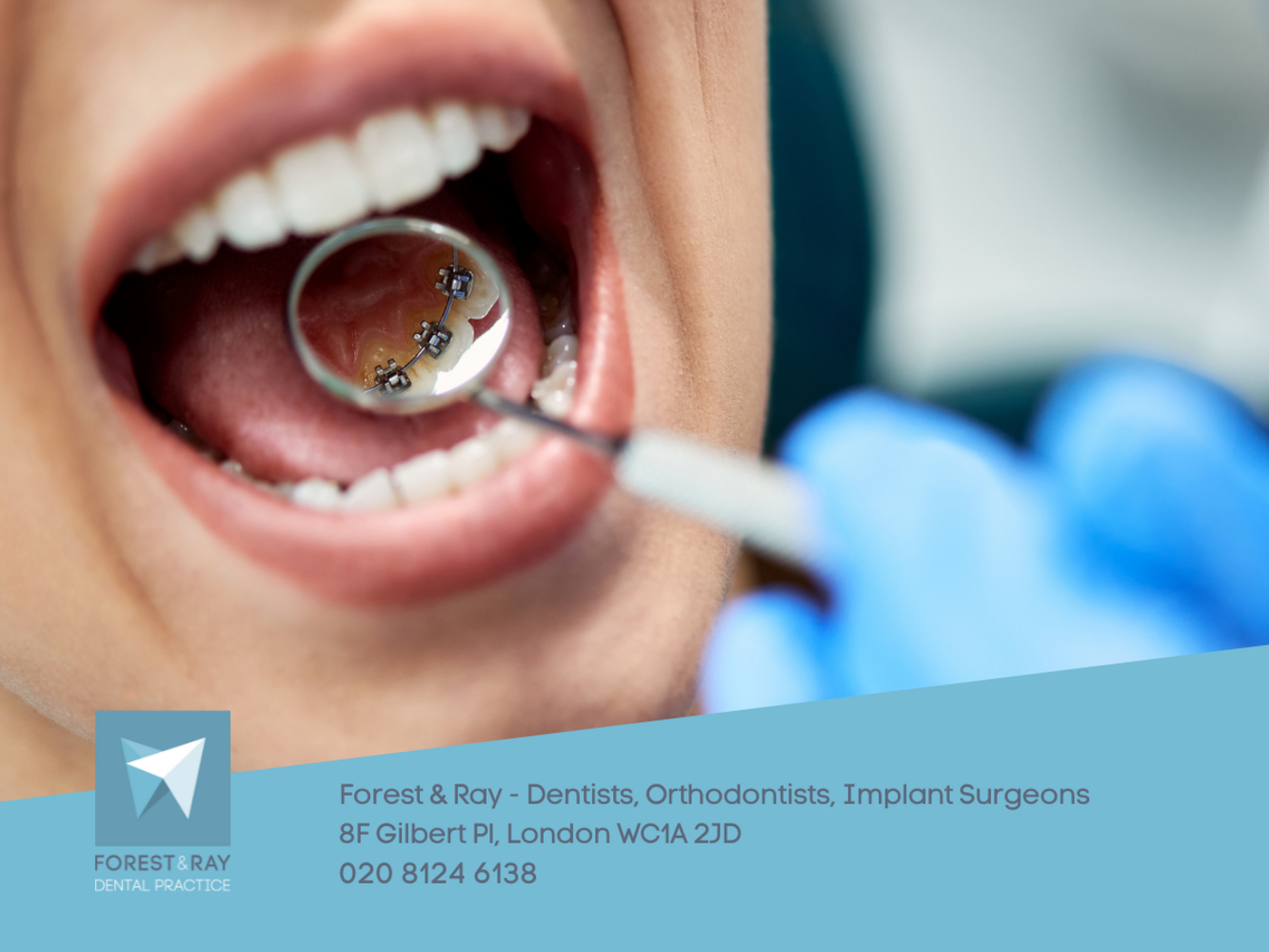Standard post published to Forest & Ray - Dentists, Orthodontists, Implant Surgeons at April 25, 2024 09:00

Microorganisms
A microorganism (from the mikros, "small" and , organismós, "organism"") is a microscopic living organism, which may be single-celled or multicellular. The study of microorganisms is called microbiology, a subject that began with the discovery of microorganisms in 1674 by Antonie van Leeuwenhoek, using a microscope of his design. Microorganisms are very diverse and include all the bacteria and archaea and almost all the protozoa. They also include some fungi, algae, and certain animals, such as rotifers.
Many macroscopic animals and plants have microscopic juvenile stages. Some microbiologists also classify viruses (and viroids) as microorganisms, but others consider these as nonliving. Microorganisms live in every part of the biosphere, including soil, hot springs, "seven miles deep" in the ocean, "40 miles high" in the atmosphere and inside rocks far down within the Earth's crust (see also endolith). Microorganisms, under certain test conditions, have been observed to thrive in the vacuum of outer space. The total amount of soil and subsurface bacterial carbon is estimated as 5 x 1017 g, or the "weight of the United Kingdom". The mass of prokaryote microorganisms — which includes bacteria and archaea, but not the nucleated eukaryote microorganisms — may be as much as 0.8 trillion tons of carbon (of the total biosphere mass of 4 trillion tons).
Original post here: Standard post published to Forest & Ray - Dentists, Orthodontists, Implant Surgeons at April 25, 2024 09:00
Comments
Post a Comment